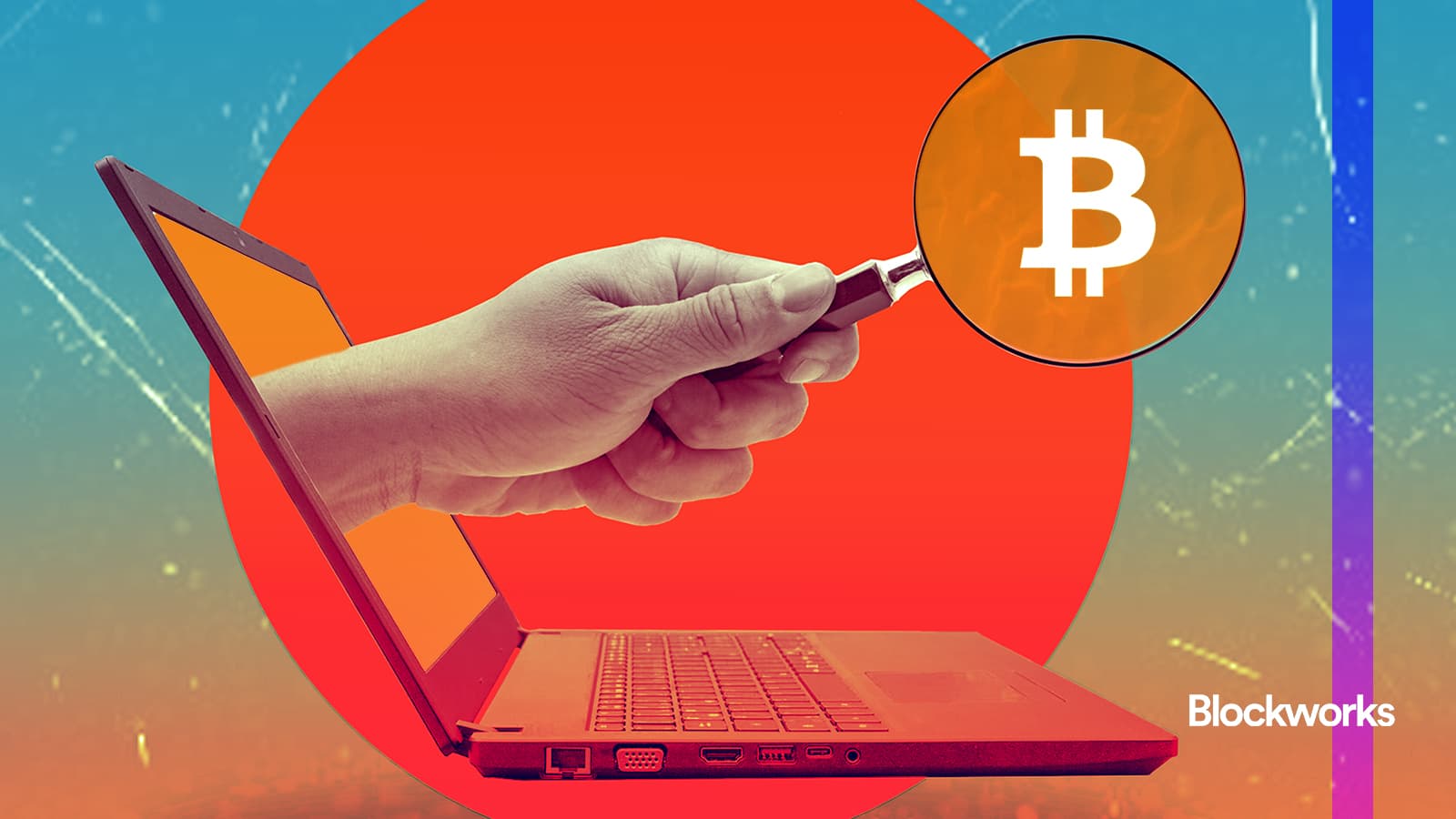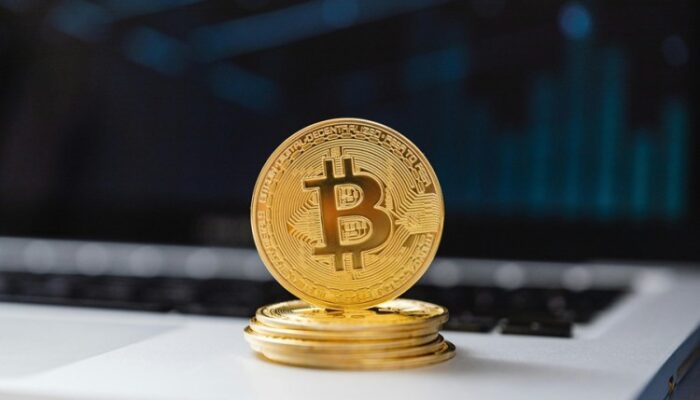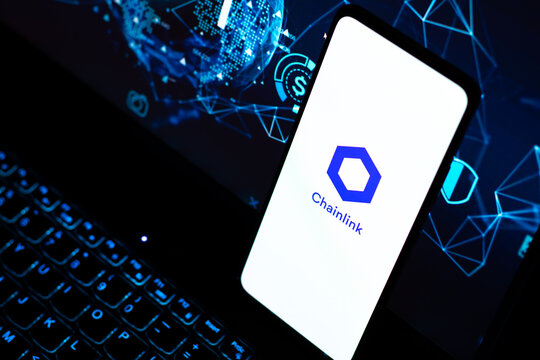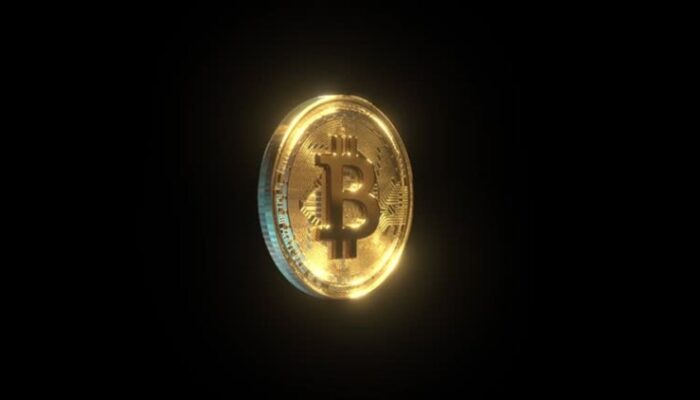This is a segment from the Supply Shock newsletter. To read full editions, subscribe.
We’re coming up on 14 years since Satoshi Nakamoto’s last-known correspondence — an email to early Bitcoin developer Mike Hearn saying that he’d “moved on to other things.”
Remember, the “known” there is doing a lot of work. The existing compendiums of Satoshi’s writings will probably go unfinished forever. There’s likely still loads of private emails, direct messages and other interesting stuff that have never been made public (and with good reason).
The most recent dumps of unreleased Satoshi texts came early last year, when Martti Malmi and Adam Back provided years of emails as evidence for Crypto Open Patent Alliance’s case against Craig Wright.
Michel Bauwens, the deep-thinking founder of the P2P Foundation, is another figure apparently sitting on some Satoshi emails, as we just learned from a lengthy interview with Uncommons released this week.
Bauwens snubs Satoshi
In January 2009, Satoshi shared the first release of Bitcoin via the Metzdowd cryptography mailing list, where he’d spent months discussing his white paper and overall vision for the project.
It took five weeks for Satoshi to post about the release to the P2P Foundation’s forum and send a copy to the foundation’s research mailing list. The latter was a lengthier message which drew parallels with the history of information security.
“Before strong encryption, users [of time-sharing systems] had to rely on password protection to secure their files, placing trust in the system administrator to keep their information private,” Satoshi wrote. “Privacy could always be overridden by the admin based on his judgment call weighing the principle of privacy against other concerns, or at the behest of his superiors.”
The need for trust disappeared with strong encryption, which made unauthorized access “physically impossible, no matter for what reason, no matter how good the excuse, no matter what. It’s time we had the same thing for money,” he said.
As it turns out, Bauwens says Satoshi contacted him in the leadup to that post.
“It was not that intense,” Bauwens elaborated. “Satoshi wrote me a few times [and] one of the emails was about explaining why he was publishing his white paper on our site. And offering me a few bitcoins. Unfortunately I didn’t answer that proposal.”
Perhaps that had something to do with how long it took for Satoshi to post on the P2P Foundation forum.
“And then he wrote me again when the Japanese guy was outed. Satoshi said ‘I’m not that person.’ And the third time he said ‘I’m going to write to you,’ but he didn’t. But I was the first person to tweet about Bitcoin apparently.”
Bauwens is referring to the story of Dorian Nakamoto, the Japanese-American systems engineer falsely identified by Newsweek in 2014 as Bitcoin’s creator.
Around that time, three of Satoshi’s online accounts were believed to have been hacked, including his P2P Foundation forum account, which had been used to post a message stating that they were not Dorian.
So, it seems Bauwens received a similar email from Satoshi’s hacker alongside the fake forum post. The hacker also contacted figures including Gregory Maxwell, Peter Todd and Bitcointalk admin Michael Marquardt. It could also be that Bauwens’ third Satoshi email came from the same person.
In any case, Bauwens had early misgivings about Bitcoin’s energy consumption, but saw promise. “I was not excited about…like the energy requirements that were embedded in it and stuff. But I was excited that it was the first globally scalable, socially-sovereign currency that was not created by a firm, not by the state.”
He went on to laud Bitcoin’s open accounting ecosystem — the universal ledger — as its key innovation. “Where we can embed thermodynamic flows and contributory flows. So now we can see ‘curren-sees.’”
“I saw this as a post-capitalist invention. It doesn’t mean anti-capitalist. It means [to] transcend and include. It means giving it a place, but embedding it in something that has a higher complexity and that can constrain it. And I think this is the right way, we’ve been anti-capitalist for 200 years. I don’t think it was very successful.”
Some parts of the interview give pause. Bauwens states that “12 people own 70% of bitcoin, so it’s still about a few people who have the most commodity power,” which seems to be based on a misunderstanding of the 10% or so of BTC’s supply sitting in exchange-controlled hot wallets.
Still, the entire interview is worth a read. It covers Bauwens’ early philosophical journey, capitalism, society, and how Bitcoin is an exit strategy that enables “arbitrage between nation states.”
“And it has been democratized, this is also important,” Bauwens said. “It’s not just like transfinancial capital, which already has existed since the 1980s.”
Timechain Tale
Tomorrow (April 18) marks the 16th anniversary of some of the only known bitcoin transactions made by Satoshi.
Satoshi and Hearn had been transferring bitcoins back and forth in a live test, alongside a discussion about potentially adding comments to transactions.
Hearn sent Satoshi 32.51 BTC, who returned them with an additional 50 BTC, then Hearn sent the 50 BTC back to Satoshi, making them even.
Remember: If “Satoshi” or anyone else emails you a promise to double your bitcoin in 2025 and beyond, do not believe them!Not all the transactions appear to have involved the same bitcoin address, but you can still see the 50 BTC from Hearn sitting in Satoshi’s address to this day. Hearn’s address also contains old coins, but we understand that he no longer has the keys.
Get the news in your inbox. Explore Blockworks newsletters:
- Blockworks Daily: Unpacking crypto and the markets.
- Empire: Crypto news and analysis to start your day.
- Forward Guidance: The intersection of crypto, macro and policy.
- 0xResearch: Alpha directly in your inbox.
- Lightspeed: All things Solana.
- The Drop: Apps, games, memes and more.
- Supply Shock: Bitcoin, bitcoin, bitcoin.




